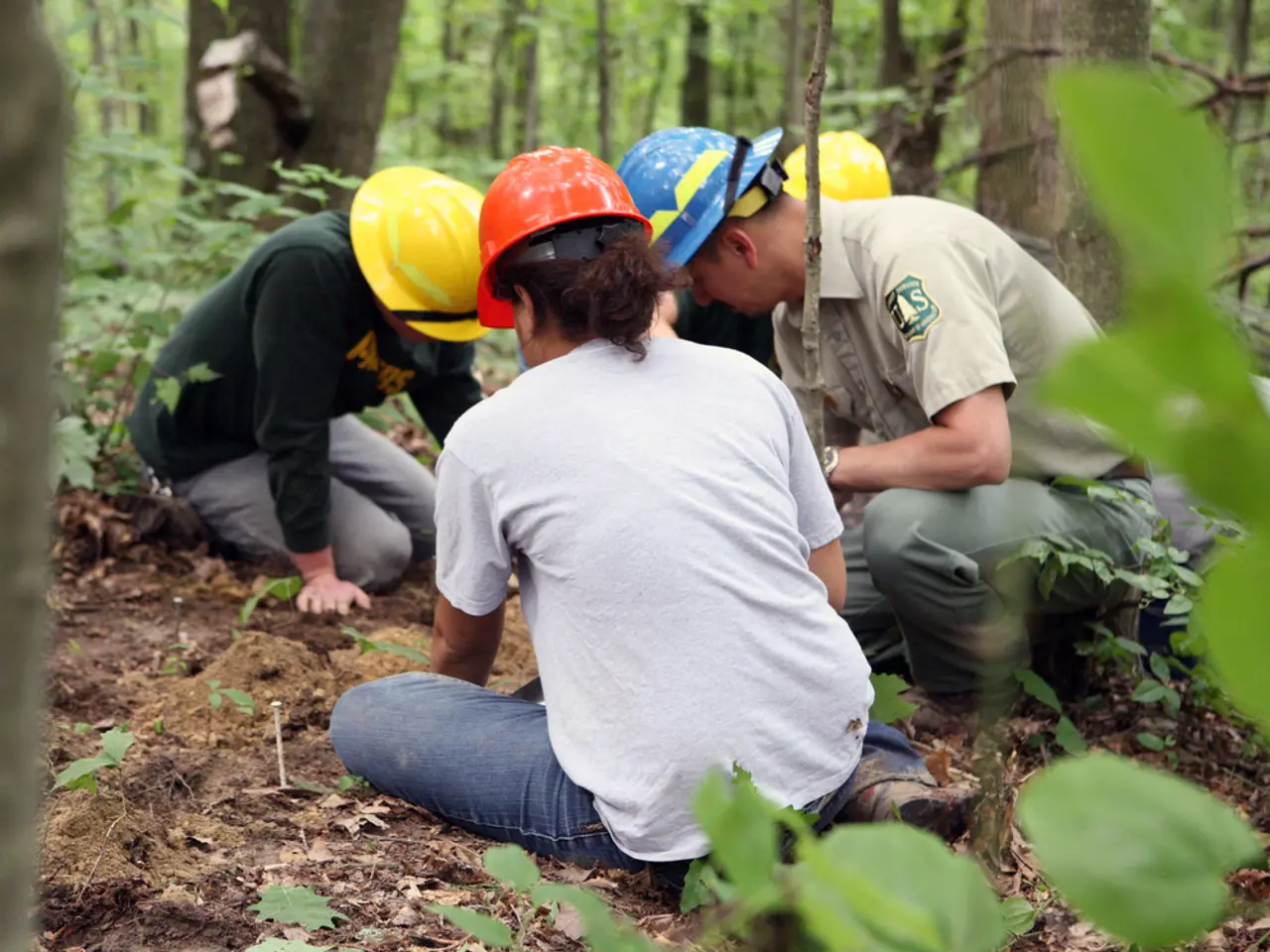Comprehending Concussions: A Look at Secondary Trauma Prevention
In the agricultural sector, safety is a paramount concern, especially when it comes to preventing injuries that can have long-lasting effects. Recently, a fact sheet funded by NIFA, project number OHON0006, has been developed to address the issue of concussions, a common yet often overlooked type of traumatic brain injury.
Concussions are typically caused by a bump or blow to the head, often resulting from slips, trips, and falls, which are common hazards in farming. It's important to note that most concussions occur without loss of consciousness. Symptoms reported by the victim may include headache, nausea, balance problems, double vision, sensitivity to light, confusion, and forgetfulness, among others.
Children and teens are more likely to get a concussion and take longer to recover than adults. Additionally, older adults may be more susceptible to additional health-related problems after a concussion. Therefore, it's crucial to prioritise safety measures, especially for those who are more vulnerable.
Farmers, in particular, are at a high risk of concussions due to the nature of their work. This fact sheet was developed to promote success in agriculture for Ohio's farmers and farm families coping with a disability or long-term health condition.
The fact sheet provides information and referral materials, along with on-site assessment, technical assistance, and awareness in preventing secondary injuries. It emphasises the importance of using proper Personal Protective Equipment, including head protection when appropriate, to help prevent concussions.
To reduce the risk of head trauma and prevent a concussion, consider following proper techniques and manufacturers' guidelines when making repairs, avoiding working on equipment where loose parts or tools are positioned directly above your head, frequently monitoring your surroundings during work processes, staying clear of areas where materials or debris may be projected or thrown, and maintaining three points of contact when mounting or dismounting equipment, ladders, and elevated surfaces.
It is also important to rest until you get approval from a medical professional before returning back to farm activities after a concussion. In case signs and symptoms of a concussion start to present themselves after even mild head trauma, seek medical attention immediately.
While specific concussion prevention strategies might be less applicable in farm work compared to sports, these general safety measures can help reduce the overall risk of injury, including those that could lead to concussions. For specific concussion-related prevention, strategies like those used in sports—such as proper helmet use and impact-absorbing materials—could be adapted if necessary.
Acknowledgments for this fact sheet were given to Karen Mancl, PhD, Professor, Food, Agricultural and Biological Engineering, The Ohio State University; and Pat Luchkowsky, Director of Public Affairs, Easter Seals of Ohio. The fact sheet is a valuable resource for farmers, farm workers, and agricultural organisations in Ohio, aiming to create a safer environment and reduce the incidence of concussions in agriculture.
- The agricultural sector has developed a fact sheet, funded by NIFA with project number OHON0006, to address concussions, a common type of traumatic brain injury that can have long-lasting effects and is often overlooked.
- Farmers and farm workers are at a high risk of concussions due to the nature of their work, but the fact sheet promotes success in agriculture for those coping with a disability or long-term health condition, providing information and resources for preventing concussions.
- Proper safety measures are crucial in preventing concussions, including using appropriate Personal Protective Equipment, maintaining three points of contact, and following manufacturers' guidelines when making repairs or working on equipment to reduce the overall risk of injury.
- After a concussion, it's important to rest until receiving approval from a medical professional before returning to farm activities, and to seek medical attention immediately if signs and symptoms of a concussion present themselves after even mild head trauma to ensure proper treatment for chronic-diseases and mental-health issues related to head trauma.




